Janet Buffer with the Food Policy Institute at George Washington University can discuss what bird flu is, how cows have been affected and the risk to the general public.
Tag: Cattle
How Animal Reproductive Medicine Helps with Breeding, Conservation of Species
Animal reproductive medicine, theriogenology, helps with breeding and conservation of species, says Tufts University faculty member.
Limiting antibiotics for cows may create a new dairy market
Consumers would be willing to buy milk from cows only treated with antibiotics when medically necessary – as long as the price isn’t much higher than conventional milk, according to researchers at Cornell University.
Despite commitments, Brazil’s beef sector tainted by purchases from protected lands in Amazon basin
Despite improvements by meatpackers to keep their supply chains free of cattle grazed on protected or illegally deforested lands, many slaughterhouses in Brazil — the world’s top beef exporter — continue to purchase illegally pastured animals on a large scale. A new study published Oct. 18 in the journal Conservation Letters underscores the depth of the problem.
The Sustainable Expansion of Cattle Market in Nan Province
The School of Agricultural Resources (SAR), Chulalongkorn University, has conducted a research project, “The development of farmer’s competency, cooperation mechanism and sustainable expansion of beef cattle market opportunity in Nan”, which runs in collaboration with Nan Provincial Livestock Office, Nan Provincial Agriculture and Cooperatives Office, and Nan Provincial Office.
CUVET Answers All Your Questions Related to “Rabies” while Campaigning for Vaccination in High-Risk Groups to Prevent Fatal Communicable Disease
Chula Veterinary Science joined the World Rabies Day campaign on September 28, to educate and raise awareness about rabies, and organize vaccinations for veterinarian science students who volunteered in the community, while emphasizing that people at risk should be vaccinated regularly against rabies.
Eliminating beef cattle pregnancy loss with CRISPR/Cas9 technology
Calves on the ground eventually mean dollars in the pocket and steaks in the meat case. It’s the basics of the beef industry.
Researchers are toilet-training cows to reduce ammonia emissions caused by their waste
On a farm where cows freely relieve themselves as they graze, the accumulation and spread of waste often contaminates local soil and waterways.
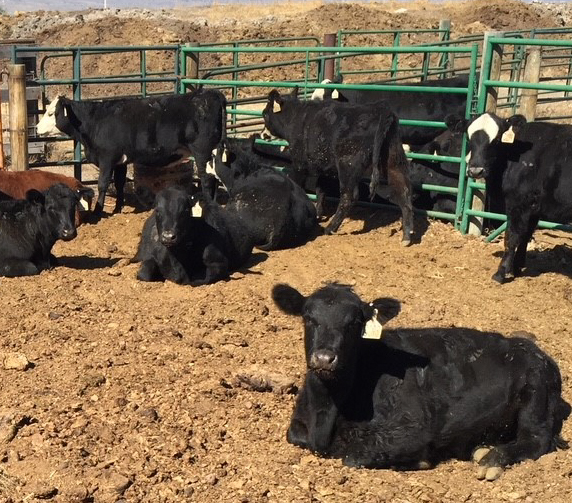
Space, exercise may be critical to drylot beef heifer reproduction
Space and exercise could be almost as important as food and water to the successful development of beef heifers raised in drylots, and quantifying that importance is the aim of a planned study by a Texas A&M University Department of Animal Science researcher in the College of Agriculture and Life Sciences.
USDA grant seeks to enhance milk production and cow health
An animal scientist studying relationships between insulin and milk production in dairy cows has received a three-year, $500,000 grant from the U.S. Department of Agriculture National Institute of Food and Agriculture.
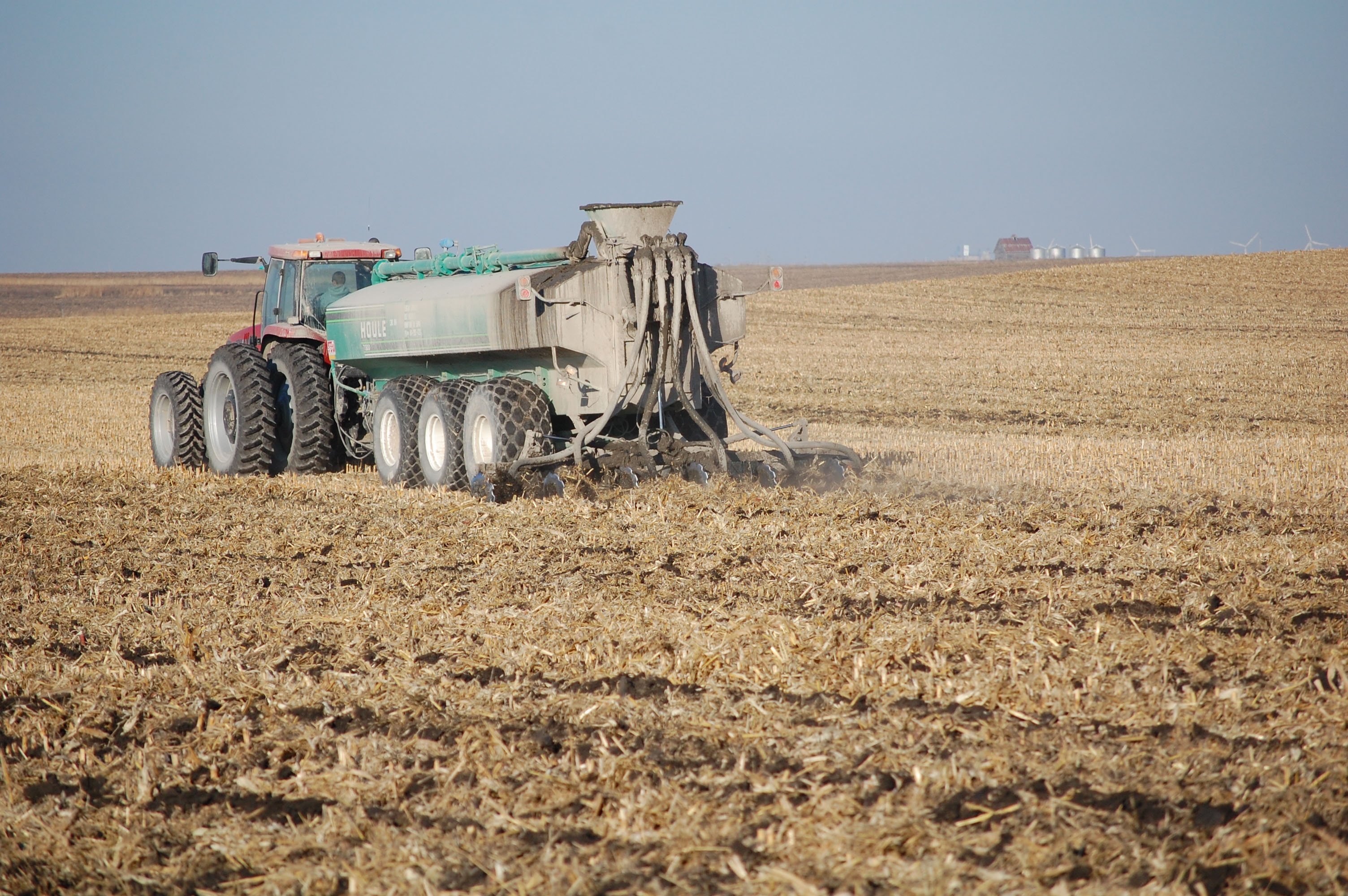
Grant to help fill gaps in how livestock manure management affects antibiotic resistance
Iowa State University researchers received a $1 million grant to study how manure management systems in livestock production may give rise to antibiotic resistance. Human, animal and environmental health interact in complex ways that influence the pace at which antibiotic resistance spreads, and the researchers hope their work will shed light on these connections.
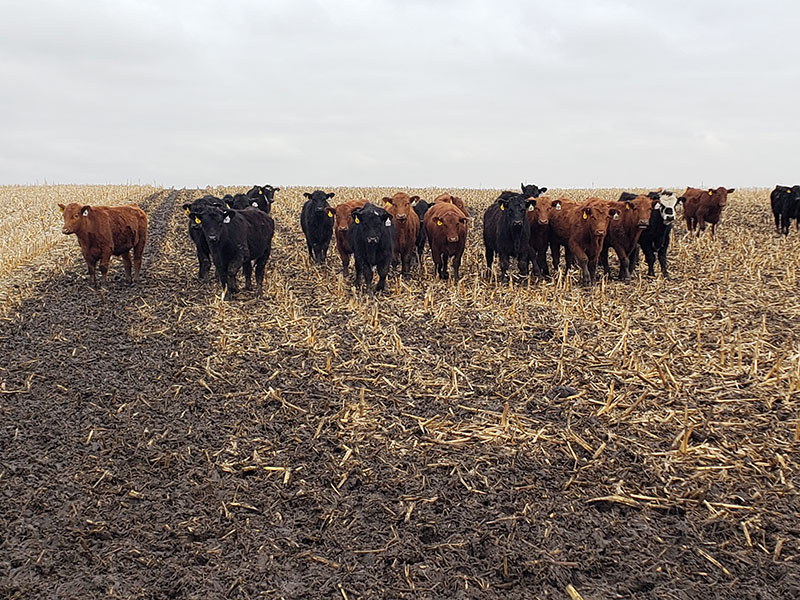
Cattle grazing and soybean yields
Each corn harvest leaves behind leaves, husks and cobs. Research shows cattle can take advantage of this food resource without damaging field productivity.

Cornell University to Extract Energy from Manure to Meet Peak Heating Demands
Cornell University is developing a system to extract energy from cattle manure to meet the campus’s peak demands for heat in the winter months. In the Journal of Renewable and Sustainable Energy, scientists involved with the project give a detailed analysis of the issues required to make this work, including scientific, economic, and energy policy considerations.
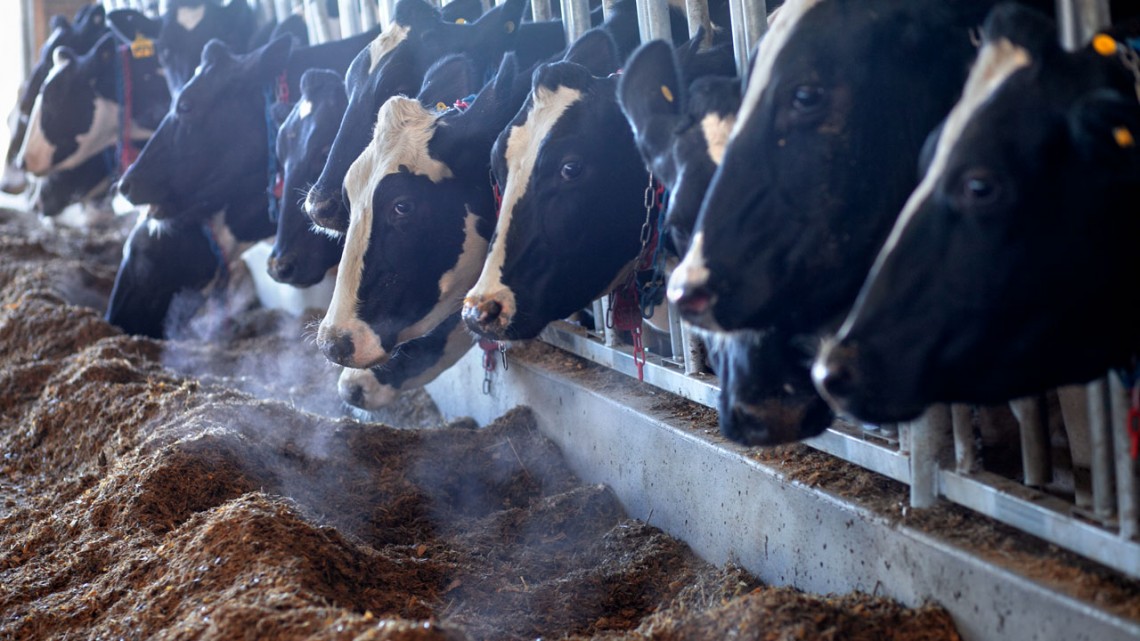
USDA funds study of dairy cattle’s environmental footprint
A new open-source computer model being developed by a Cornell University-led interdisciplinary team will simulate production and quantify the environmental effects of management decisions made on dairy farms.
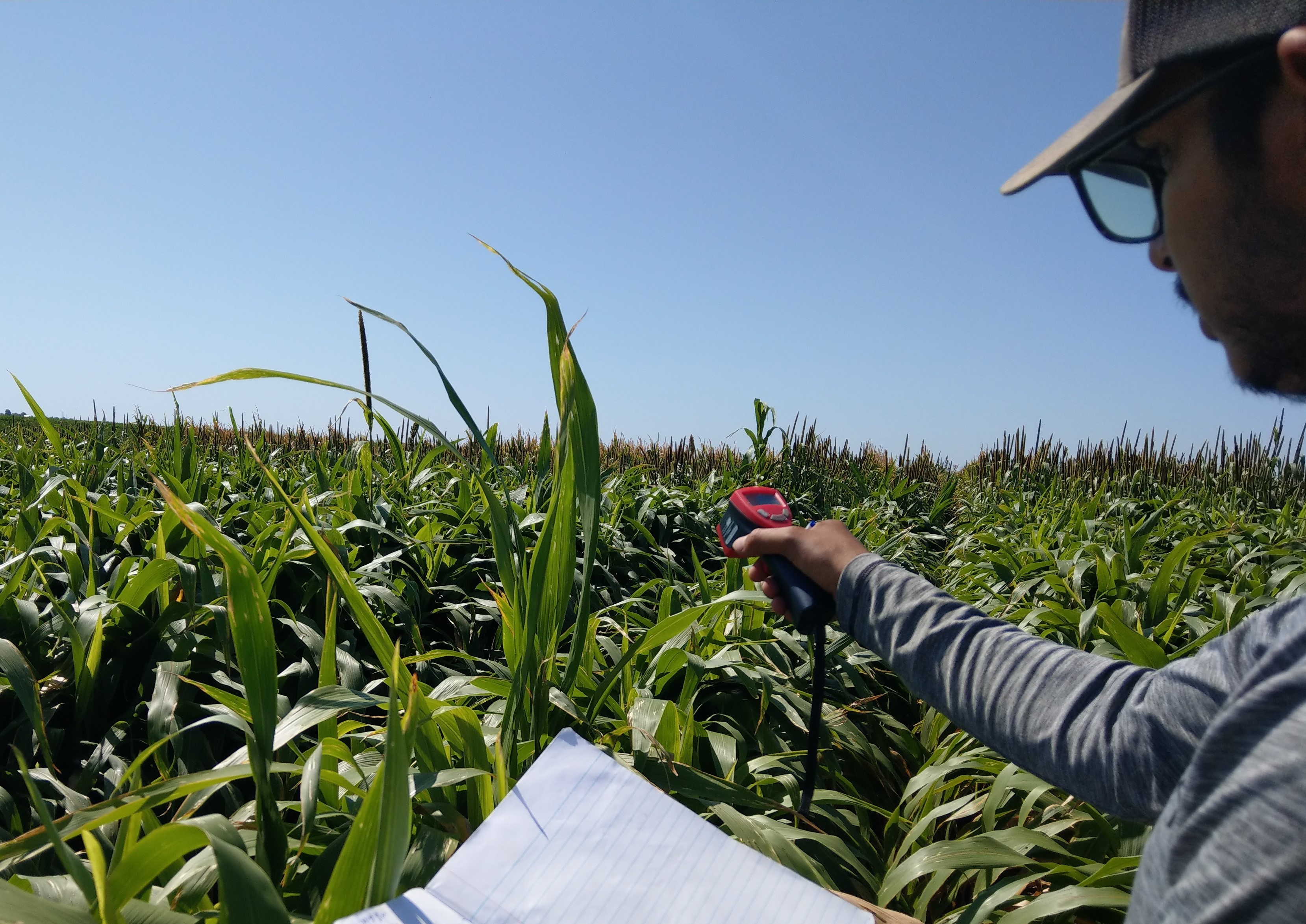
Water-Saving Alternative Forage Crops for Texas Livestock
With increasing drought conditions in the Texas High Plains, researchers test sorghum and pearl millet as alternatives to corn
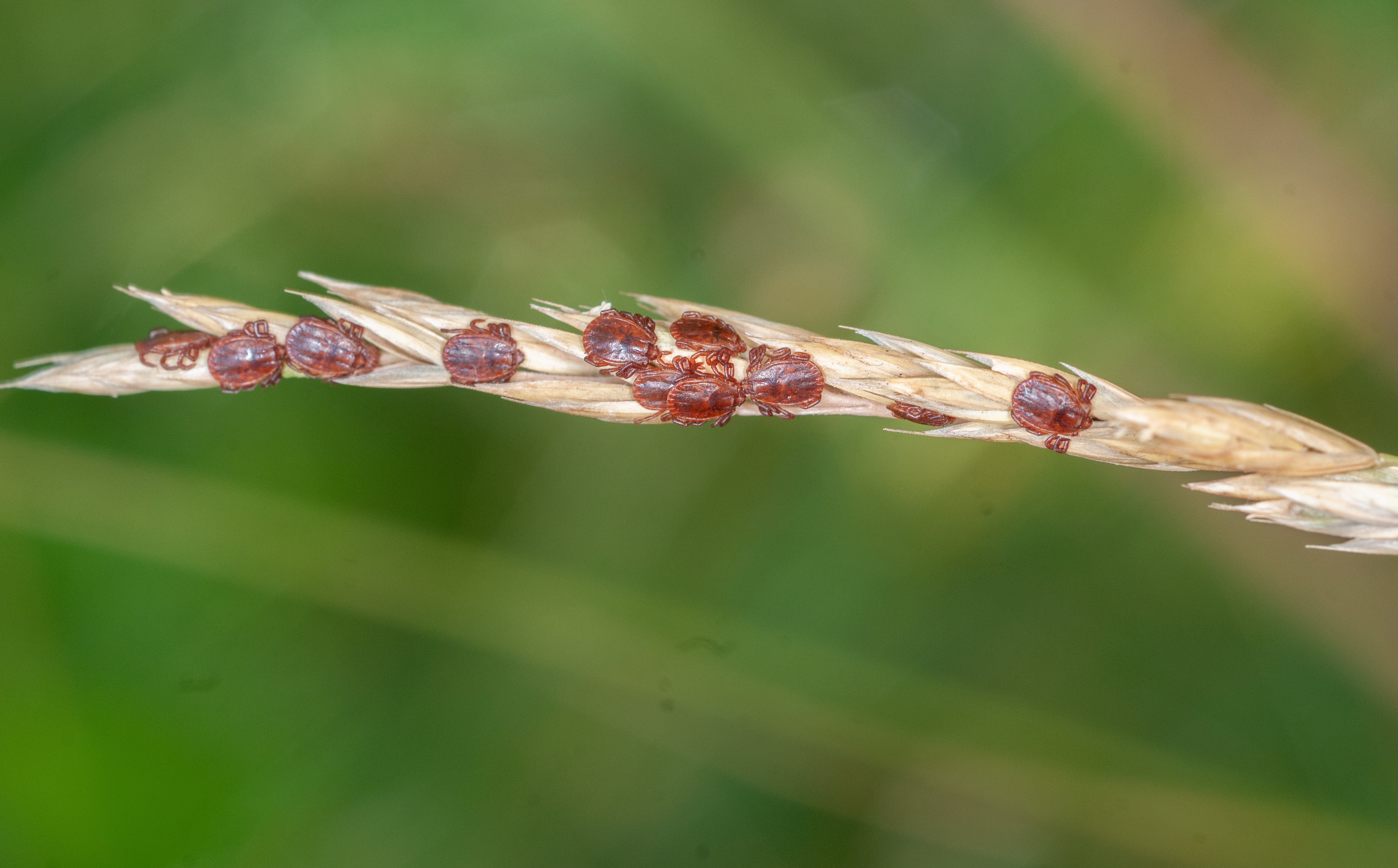
Where Did the Asian Longhorned Ticks in the U.S. Come From?
The invasive population of Asian longhorned ticks in the United States likely began with three or more self-cloning females from northeastern Asia, according to a Rutgers-led study. Asian longhorned ticks outside the U.S. can carry debilitating diseases. In the United States and elsewhere they can threaten livestock and pets. The new study, published in the journal Zoonoses and Public Health, sheds new light on the origin of these exotic ticks and how they are spreading across the United States.

EXPERT PITCH: WVU Extension vet clears up coronavirus and cattle confusion
There are several theories about where novel coronavirus (COVID-19) originated and how it spread to humans. West Virginia University Extension Service veterinarian Darin Matlick weighs in on one of those theories – whether or not humans can contract coronavirus from…